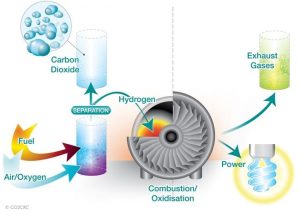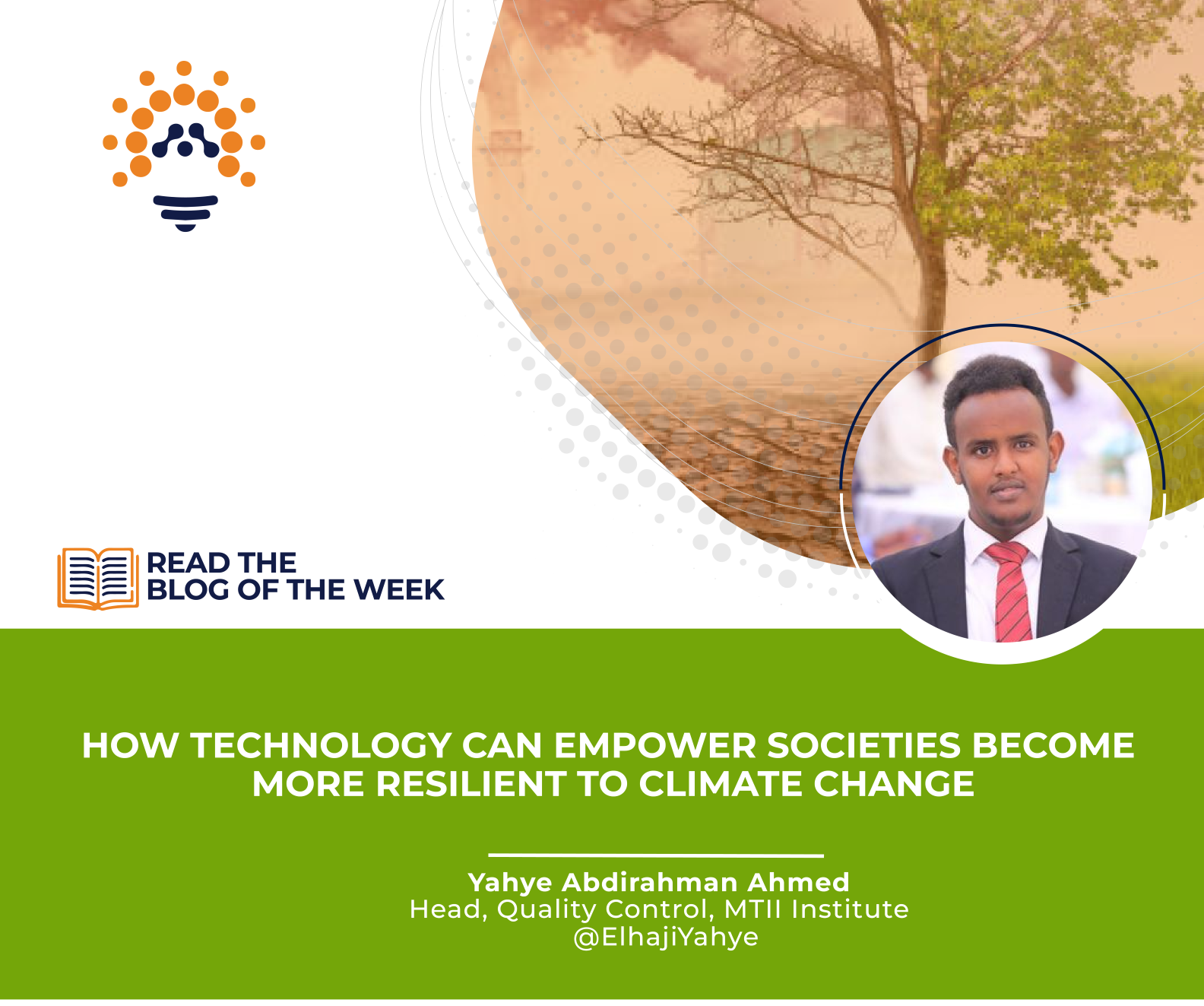According to the most recent report from the UN Intergovernmental Panel on Climate Change (IPCC), there is no way to totally stop the rise in sea levels and extreme weather. If global warming reaches or exceeds 1.5C by 2040, which the research portrays as very likely, adaptations — or modifications that help us moderate the consequences of climate change — cannot undo all the harm that would occur.
However, technology may help society become resilient so that it can recover from climatic dangers and limit additional harm. The IPCC report recognizes the contribution of technology resources to develop that is climate resilient. Although technology has contributed to many of the issues we are now facing, it will also be crucial in finding solutions.
 Naturally, there is a great deal of interest in carbon capture technology, which traps CO2 before it is discharged into the atmosphere. Even the goal of new carbon capture technology is to stop dead plants from releasing the CO2 they captured during their lives back into the sky.
Naturally, there is a great deal of interest in carbon capture technology, which traps CO2 before it is discharged into the atmosphere. Even the goal of new carbon capture technology is to stop dead plants from releasing the CO2 they captured during their lives back into the sky.
However, just as no one adaptation can stop climate change, no one technology can increase resilience. Technologies for capturing carbon dioxide can help stop or reduce the escalating CO2 emissions that are pushing global warming toward the 1.5C threshold. To completely stop carbon emissions, we will also need to convert to renewable energy sources. Utilizing a variety of complementary technologies to address various but connected issues, such as carbon capture and renewable energy, can foster resilience.
To do this, constant innovation will be essential. During the recent Storm Eunice, wind turbines in the UK produced 42% of the nation’s power. But when wind speeds reach a particular threshold, wind turbines turn off automatically. Resilience will come in the shape of advancements that allow wind turbines to continue producing power even in the middle of the harshest storms when extreme weather events like hurricanes become the norm.
Along with the residences that border the shoreline, underground transit networks are also at risk from rising sea levels because they would be inundated. This will undermine present campaigns to get people to give up their vehicles and use public transit. Although the transportation networks may be constructed above ground, doing so may require taking away valuable space from other important components of urban development.
 Cities may become more resilient to climate change by using construction technologies. Flooding can be prevented or minimized by elevating homes and erecting floodgates, tunnel plugs, and barriers in subway tunnels. In addition to monitoring and controlling heating systems, AR and VR may assist in identifying structural problems and urban heat islands during building and repair.
Cities may become more resilient to climate change by using construction technologies. Flooding can be prevented or minimized by elevating homes and erecting floodgates, tunnel plugs, and barriers in subway tunnels. In addition to monitoring and controlling heating systems, AR and VR may assist in identifying structural problems and urban heat islands during building and repair.
Construction may also become more durable and sustainable by using new materials like bamboo-reinforced concrete, lignin-based carbon fibers, and biomaterials created from collected carbon. However, adopting eco-friendly materials and technology is a task in and of itself. Although these technologies don’t use a lot of fossil fuels, they use a lot of materials, which makes us susceptible to other issues.
Smart cities can help to reduce greenhouse gas emissions in the transport sector and by reducing electricity and heat production. The transport sector makes up 14% of global greenhouse gas emissions, whilst electricity and heat production contribute 25%[9] (although these percentages don’t solely relate to cities).
 We can reduce our reliance on fossil fuels by using electric automobiles, but their batteries need materials like cobalt and lithium. Rare earth metals are also necessary for generators, permanent magnets (which are also used in wind turbines), and semiconductors. Environmental risks are present during the extraction of these resources, which may have a detrimental impact on nearby populations. Because they have substantial stocks of these metals and have significant control over their supply and demand, nations like China and Russia are particularly exposed to geopolitical shocks as the globe transitions to greener technology. Many people may be wondering, Are smart cars good for the environment? smart cars are here to reduce pollution. These green vehicles use less gas, and some are even solar-powered or use electricity as fuel, such as in hybrids. This further helps to decrease the amount of chemical pollution released into the air. Our personal vehicles are a major cause of global warming. Collectively, cars and trucks account for nearly one-fifth of all US emissions, emitting around 24 pounds of carbon dioxide and other global-warming gases for every gallon of gas. Although smart cars have many cons but now can reduce the current challenge.
We can reduce our reliance on fossil fuels by using electric automobiles, but their batteries need materials like cobalt and lithium. Rare earth metals are also necessary for generators, permanent magnets (which are also used in wind turbines), and semiconductors. Environmental risks are present during the extraction of these resources, which may have a detrimental impact on nearby populations. Because they have substantial stocks of these metals and have significant control over their supply and demand, nations like China and Russia are particularly exposed to geopolitical shocks as the globe transitions to greener technology. Many people may be wondering, Are smart cars good for the environment? smart cars are here to reduce pollution. These green vehicles use less gas, and some are even solar-powered or use electricity as fuel, such as in hybrids. This further helps to decrease the amount of chemical pollution released into the air. Our personal vehicles are a major cause of global warming. Collectively, cars and trucks account for nearly one-fifth of all US emissions, emitting around 24 pounds of carbon dioxide and other global-warming gases for every gallon of gas. Although smart cars have many cons but now can reduce the current challenge.
Yahye Abdirahman, Head, Quality Control, MTII Institute





